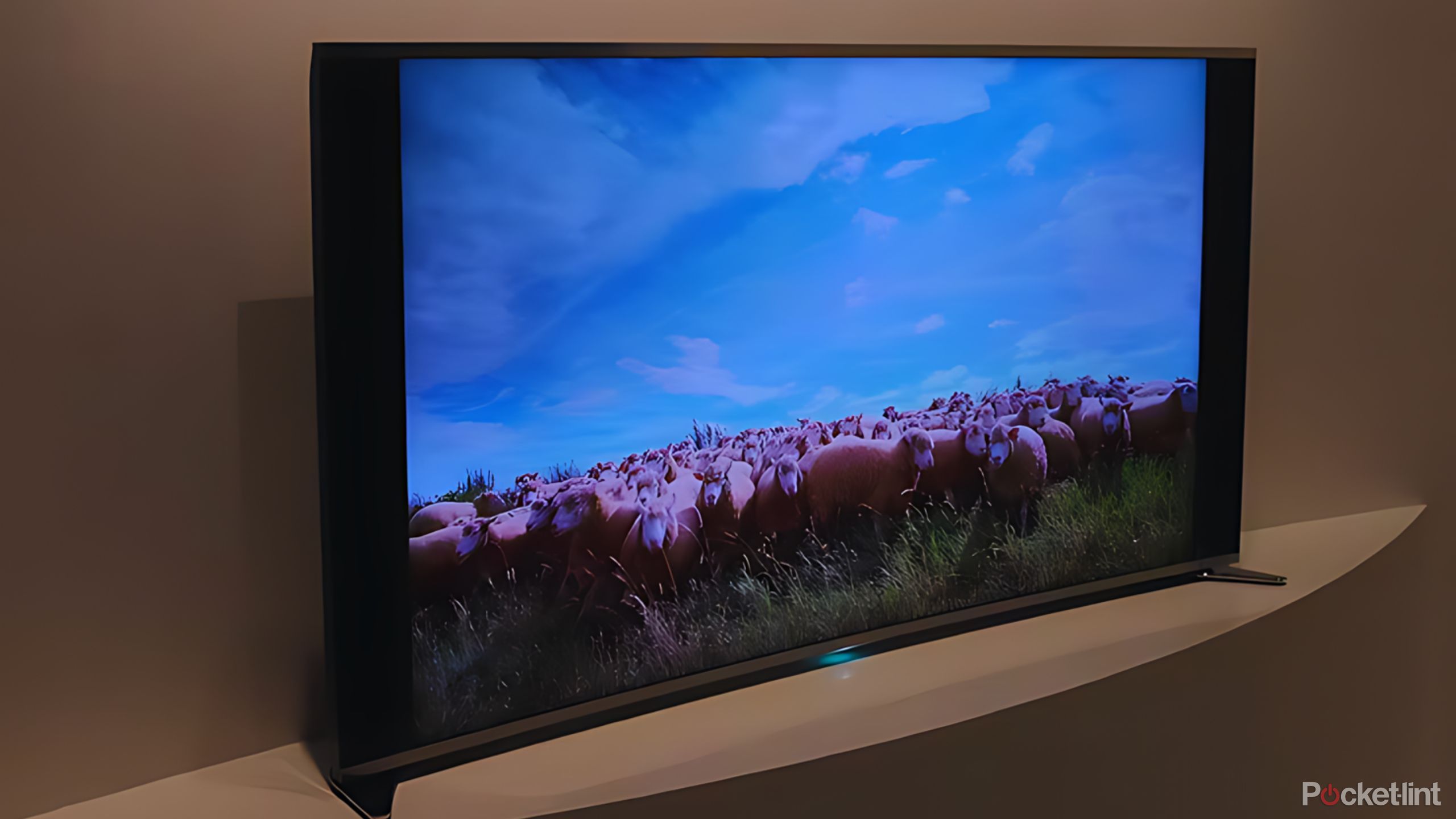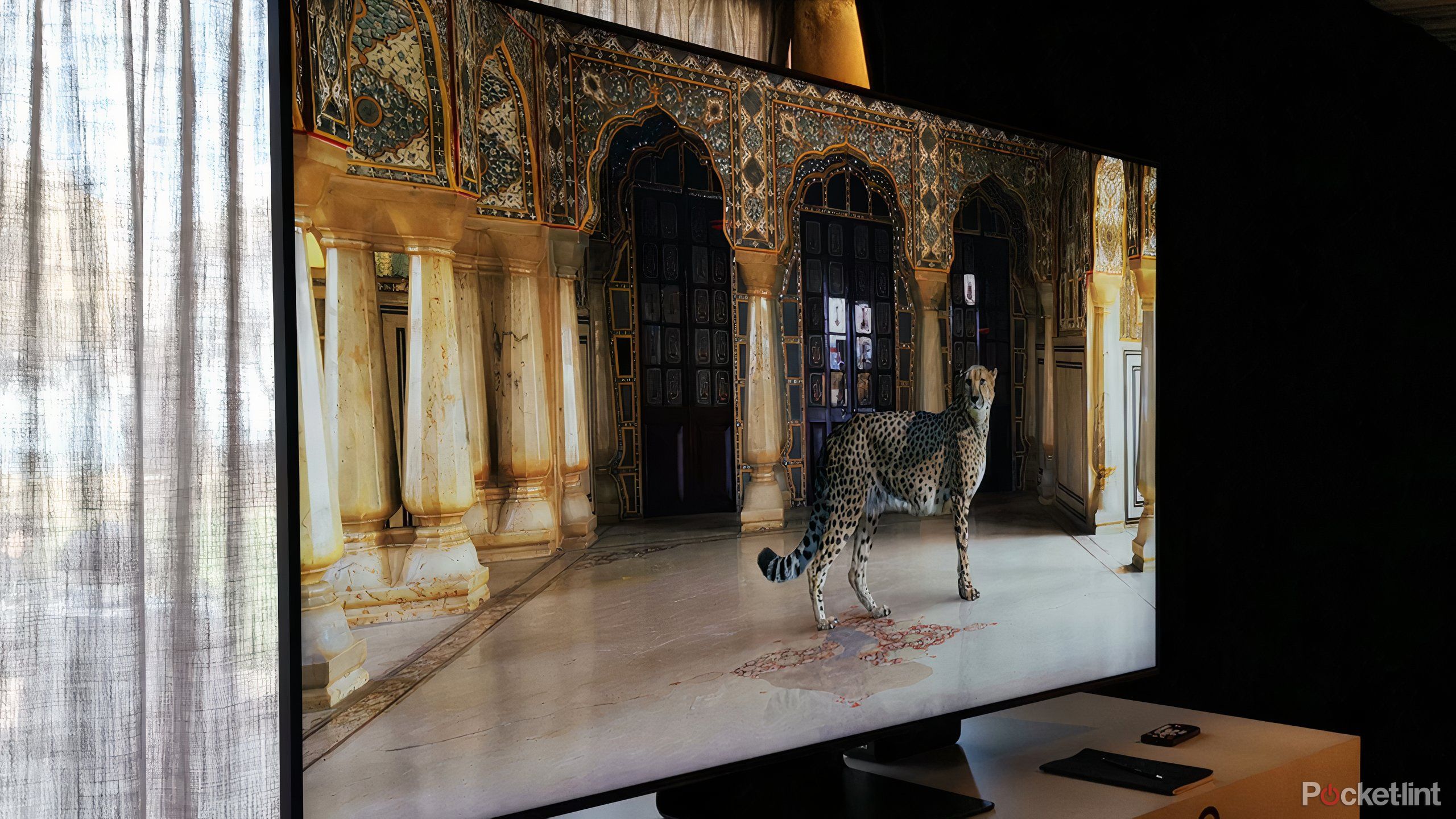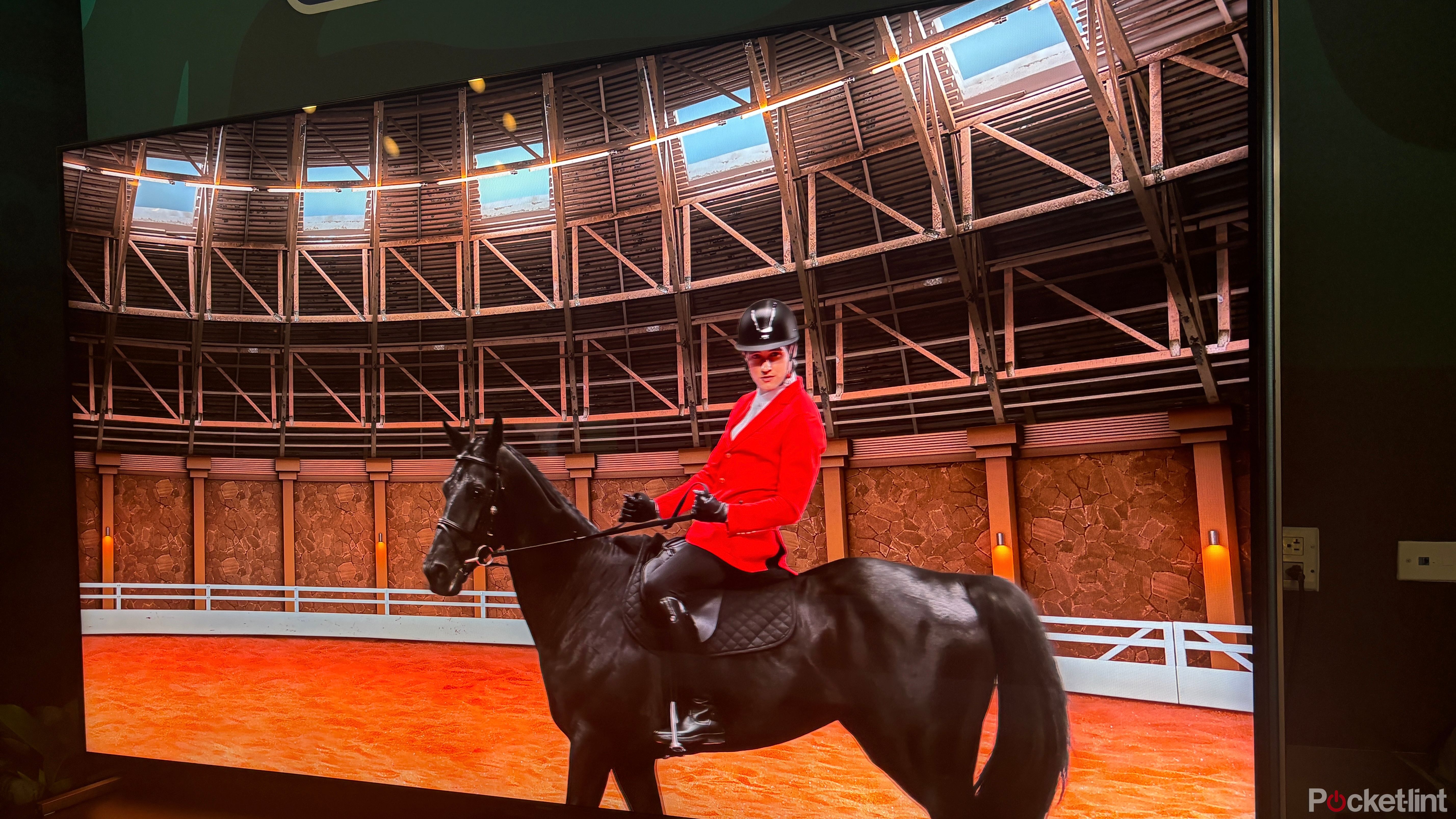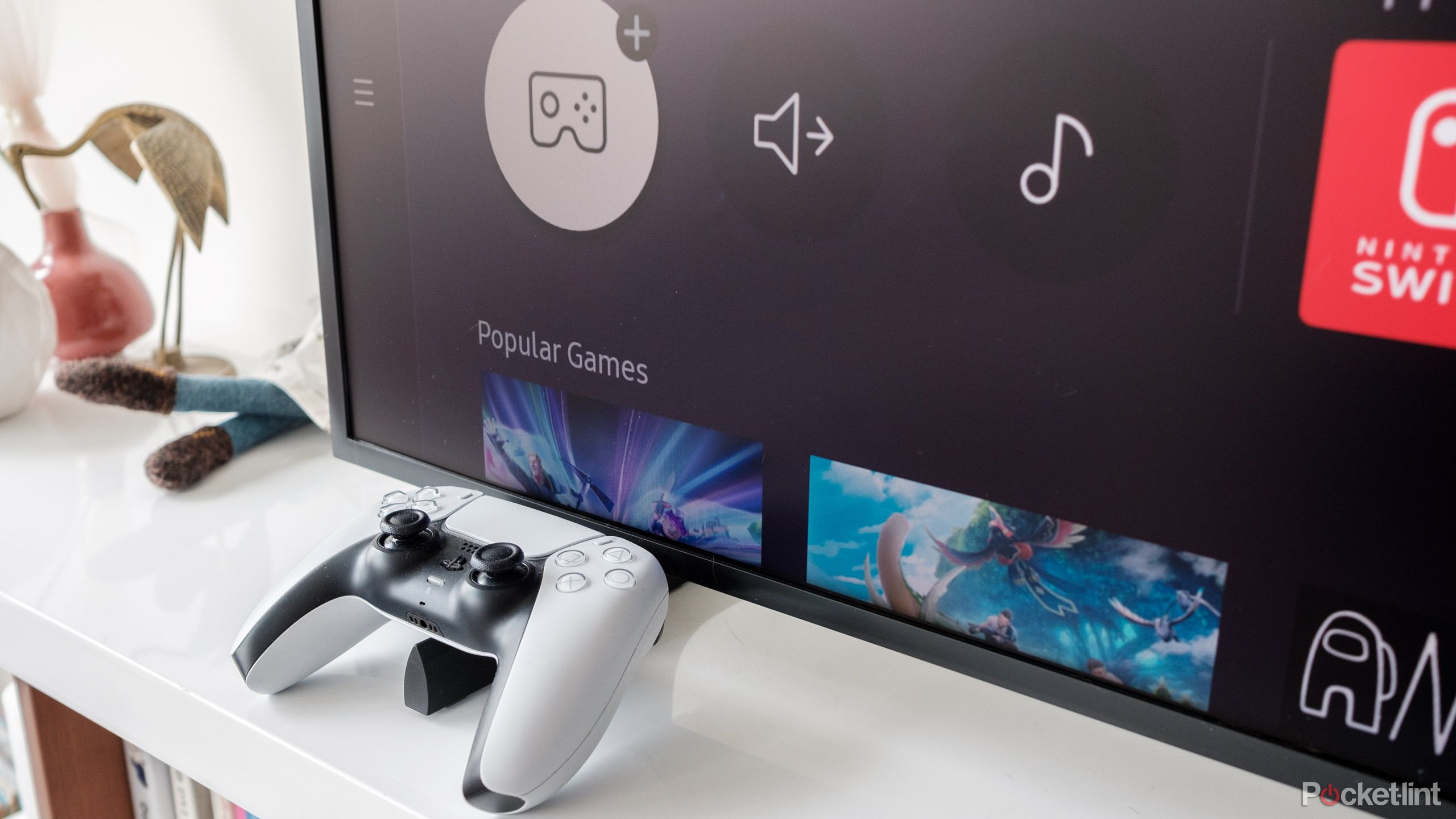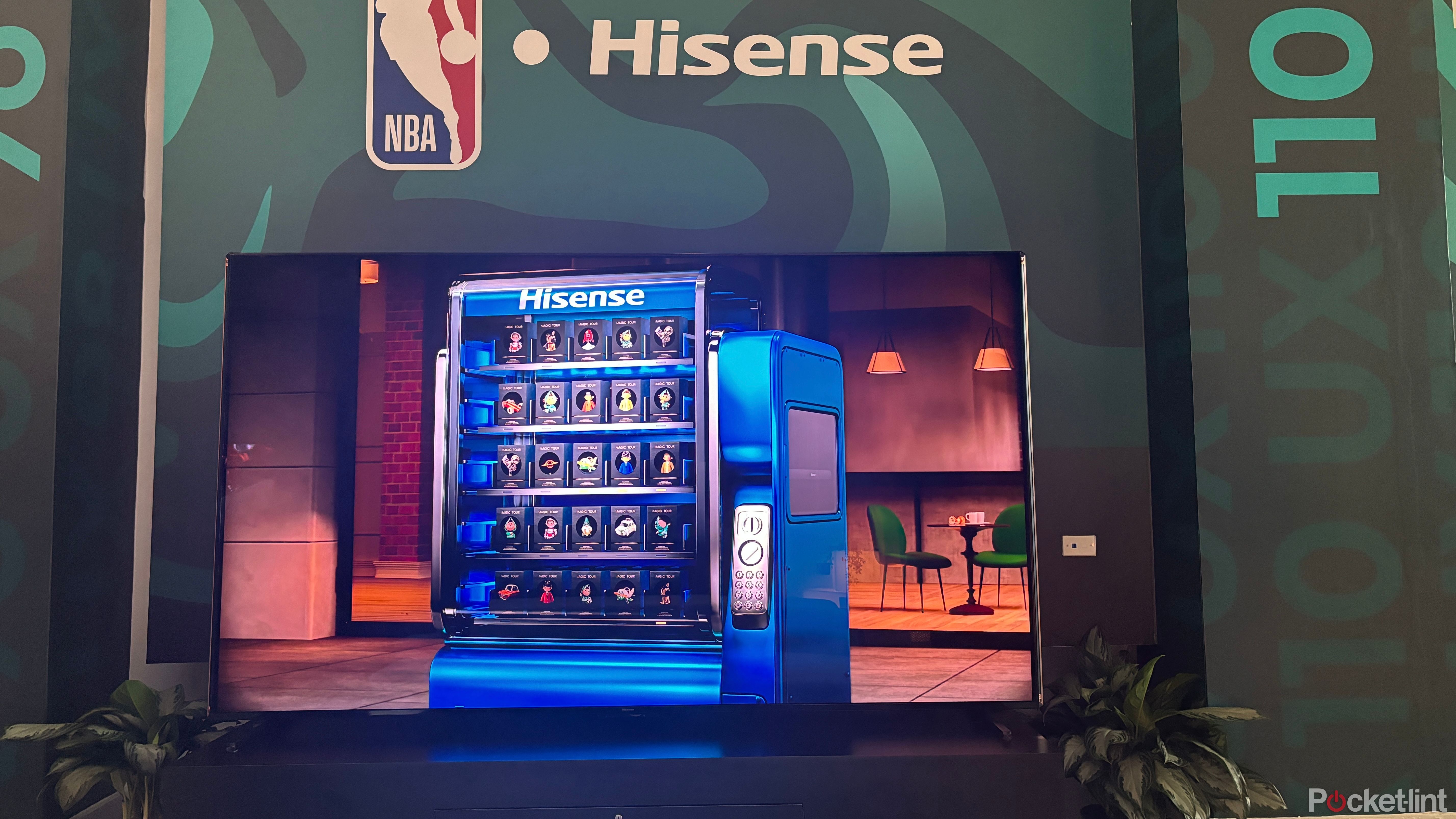Key Takeaways
- LED TVs use LEDs for backlighting, but mini LEDs have a more advanced backlighting system.
- Mini LED TVs offer better picture quality, brightness and contrast, but they are more expensive.
- LED TVs are more power efficient and don’t have size limitations, but the picture quality isn’t as good as newer technologies.
If you’re in the market for a new TV, you’ve probably come across two terms: LED and mini-LED. Both of these TV technologies use light-emitting diodes (LEDs) to illuminate the display, but they offer very different viewing experiences.
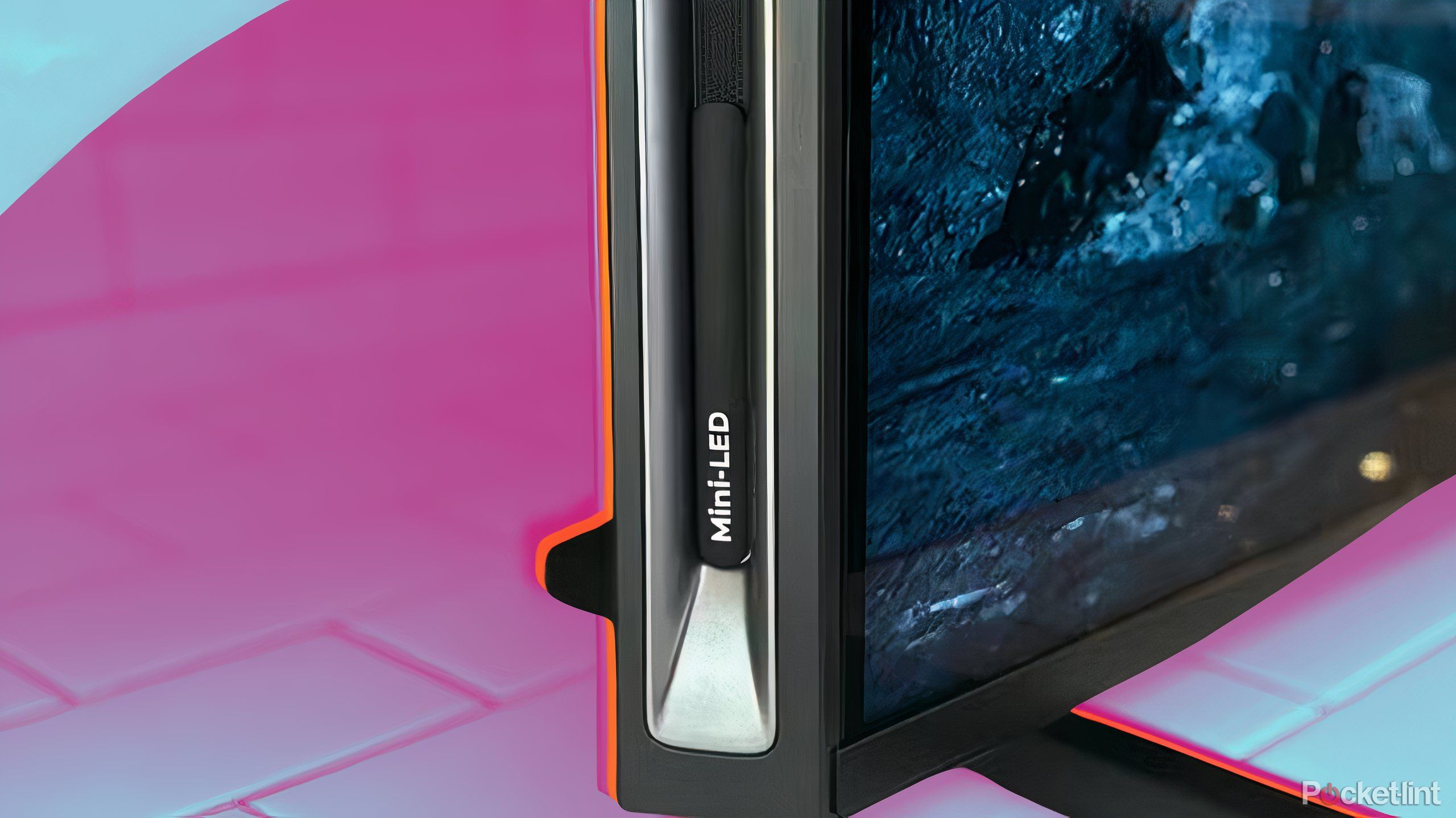
Related
5 Reasons to Buy a Mini LED TV Over an OLED TV
The future of mini-LED TVs is bright as they continue to rival OLED screens with stunning colours and high-quality contrast.
LED TVs have dominated the TV market for over a decade, using LED arrays to backlight older LCD panels, while mini-LED is a more recent innovation that seeks to bridge the gap between traditional LED backlighting and newer premium OLED screens.
What is the real difference between LED TVs and Mini LED TVs? Both offer a great viewing experience when watching your favorite movies and TV shows or playing your favorite games, but they also have some key differences. Read on to find out what they are.
price
Mini LED technology is newer and more advanced, but costly
LED technology has improved extensively over the past 20 years, and even the cheapest LED TVs offer decent picture quality. You may also see TVs called QLED. Not to be confused with OLED. “QLED” is Samsung’s marketing term for the LED panel inside the TV. The Q stands for Quantum Dot, and Samsung claims that quantum dots allow for more colorful and contrasty images. I own a Samsung QLED, and personally I agree with Samsung’s claims. Compared to the TCL LED I previously owned, I notice that the colors on the screen are a bit more vibrant.
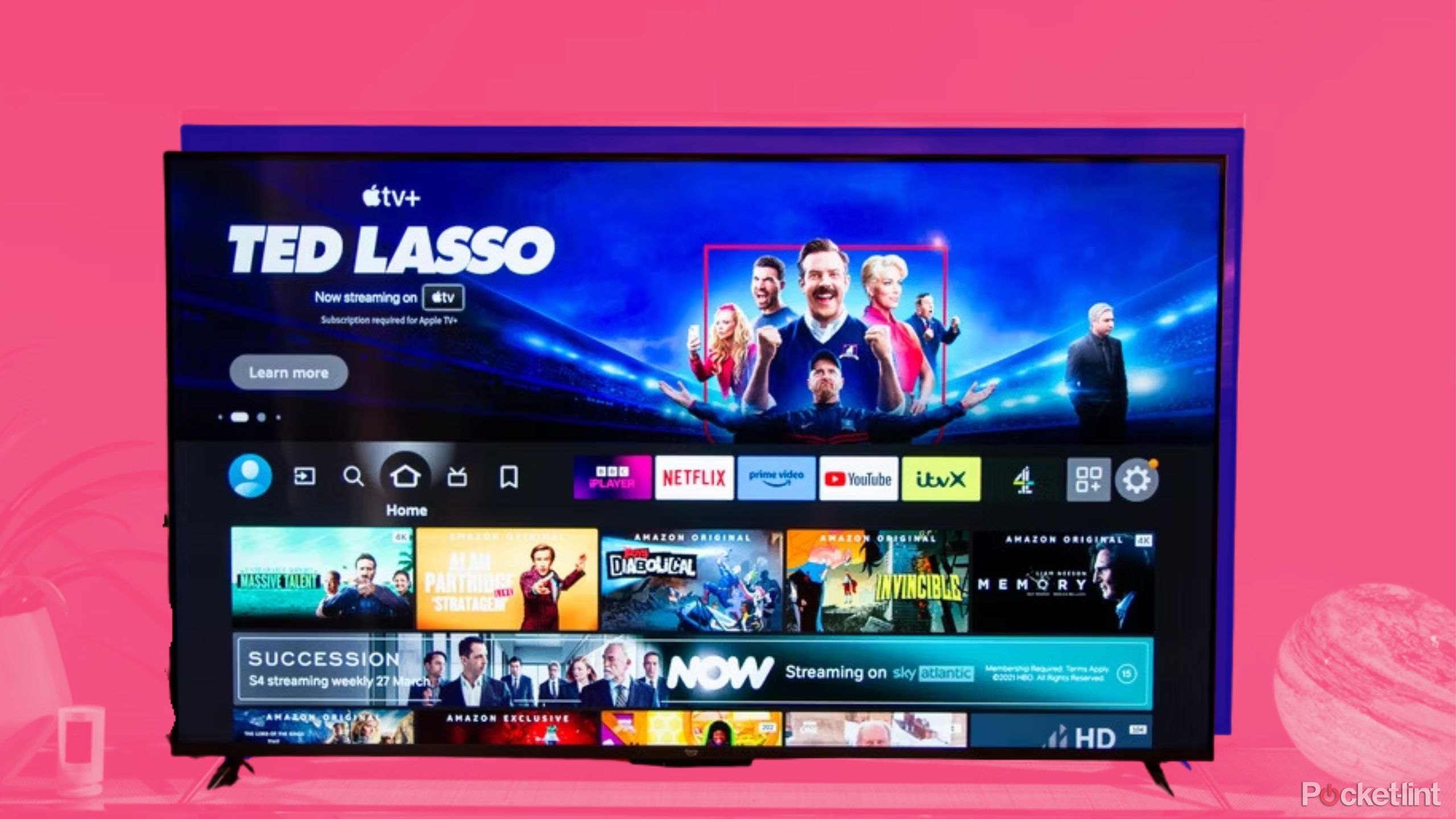
Related
5 Reasons to Buy a QLED TV Instead of a More Expensive OLED TV
While OLED TVs are better in one way, there are many reasons why QLED models remain popular.
On the other hand, the first noticeable advantage that Mini LED TVs have over LED TVs is the price. Mini LED TVs are more expensive than LED TVs. Because the technology is still relatively new, it requires a more intensive manufacturing process, which increases the overall price. Mini LED TVs are a premium product, so you end up paying a higher price. Finally, LED TVs are more power efficient because they do not have as many LEDs as Mini LED TVs. If you live in an area with high electricity costs, it may be worth choosing an LED TV over a Mini LED TV.
LED displays are most commonly used for watching and playing HDR content.
size
There is no upper limit to the size of LED TVs.
Netflix/Pocket-lint
One of the best features of LED screens is that there is no limit to their size. Long before I became a writer, I worked in a retail store selling the latest and greatest TVs. I saw LED TVs as big as 393 inches. Now, unless you are prepared to spend hundreds of thousands of dollars on a TV, it is unlikely you will get a TV that big. These are LEDs designed to cover an entire wall, and you are more likely to see them in places like shopping malls and concert venues than in someone’s home. Due to the large number of mini LEDs required for a mini LED TV, there is usually an upper limit for the consumer market. Mini LED TVs start to have image quality issues once they exceed 65 inches.
image quality
LEDs are not as sharp as the latest TV technology
The main issue with LED TVs in 2024 is that picture quality isn’t up to par with more recent TV technologies. We’ve covered the many improvements that have come to LED TVs over the past two decades, but there’s no denying the fact that they still lag behind newer TV technologies like OLED and Mini LED when it comes to overall picture quality and color contrast.
The main advantage that Mini LED TVs have over standard LED TVs is that the Mini LED screen It’s much brighter. This is because, as we said, Mini LED TVs have more LEDs working to create a backlit image than LED TVs. The LEDs on Mini LED TVs are often 0.2 millimeters in size, allowing the LEDs to be placed behind the LCD display. This allows for more vivid colors and modes like Filmmaker mode that some of the latest TVs have to achieve better visual parity with what the director had in mind. It’s not perfect, and to be honest, no TV can perfectly replicate the look of an 8K cinema camera (yet), but Mini LEDs allow you to get closer to the end result than older LED LCDs.
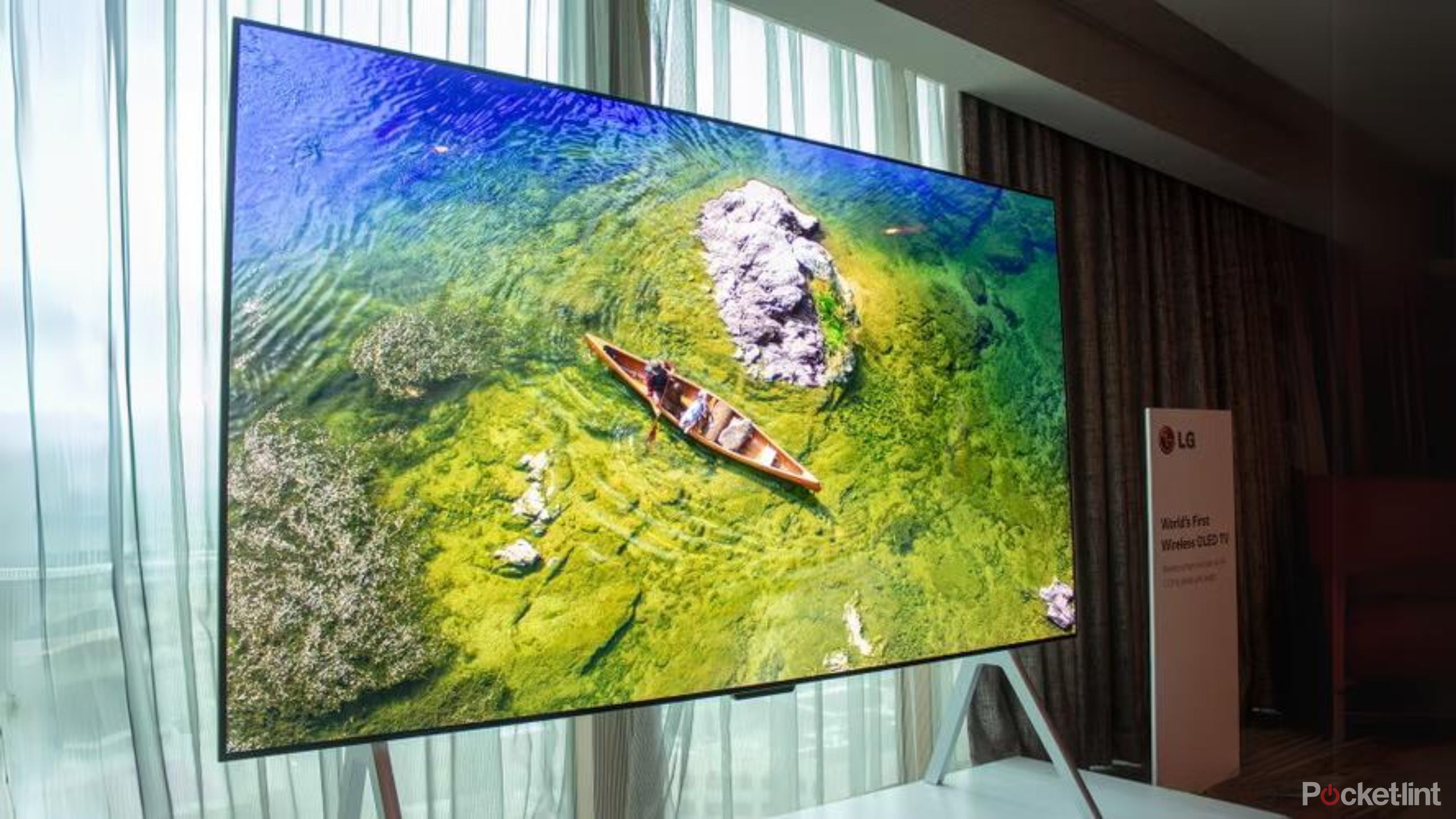
Related
Four reasons why OLED TVs are a hot topic
OLED TVs aren’t cheap, but their stunning contrast and stylish design are what make them worth the price.
All Mini LED TVs also feature local dimming, making them ideal for HDR content. Mini LED TVs can dim individual LEDs behind the screen to increase the contrast between light and dark areas of the image on the screen. Some LED displays have multiple backlights that can perform local dimming. This allows the TV to automatically dim different parts of the screen, and if implemented properly, can provide a wider range of contrast for HDR content. These displays are most often used for watching or playing HDR content, but not all LED TVs have it like Mini LED TVs do.
game
Gamers need to be aware of the limitations of mini-LED technology
If you go to a store and compare a Mini LED and OLED TV side-by-side, you’ll notice that the black levels on a Mini LED TV aren’t as deep, and the overall contrast ratio isn’t as strong as an OLED screen. Again, it’s an improvement over standard LED LCDs, but it’s still not quite on par with OLED.
Gamers, in particular, should know when shopping for a new TV that mini-LEDs, which have slower refresh rates and pixel response compared to OLED screens, can produce impressive results with HDR-enabled games.
Gamers, especially, should be aware when shopping for a new TV that while Mini LED can produce great results with HDR-enabled games, it has a slower refresh rate and pixel response compared to OLED screens. Sure, it’s faster than a typical LED LCD TV, but if you want the ultimate choice, opt for a solid OLED gaming TV instead. Choosing a Mini LED TV over OLED won’t ruin your gaming experience, but it’s something to keep in mind.
Mini LED TV vs LED TV: Which should you buy?
If picture quality is your primary concern when buying a new TV, then a Mini LED TV is a good choice, especially if you want to play HDR-enabled games. On the other hand, if you are on a budget and want to buy a new TV, then an LED TV is a great deal as it offers excellent picture quality for watching movies and TV. Ultimately, the choice between LED and Mini LED comes down to your budget.
I personally own a Samsung QLED TV and am perfectly happy with it for watching movies and the occasional game.
If you want the latest technology, you always have to spend a little extra, and mini-LED is no exception. That being said, you should look into some of the more advanced features of older LED TVs. I personally own a Samsung QLED TV and couldn’t be happier with it for watching movies and the occasional game. My biggest recommendation to anyone buying a new TV is to visit a showroom at your local Best Buy or similar store and see the difference for yourself before investing in new technology.
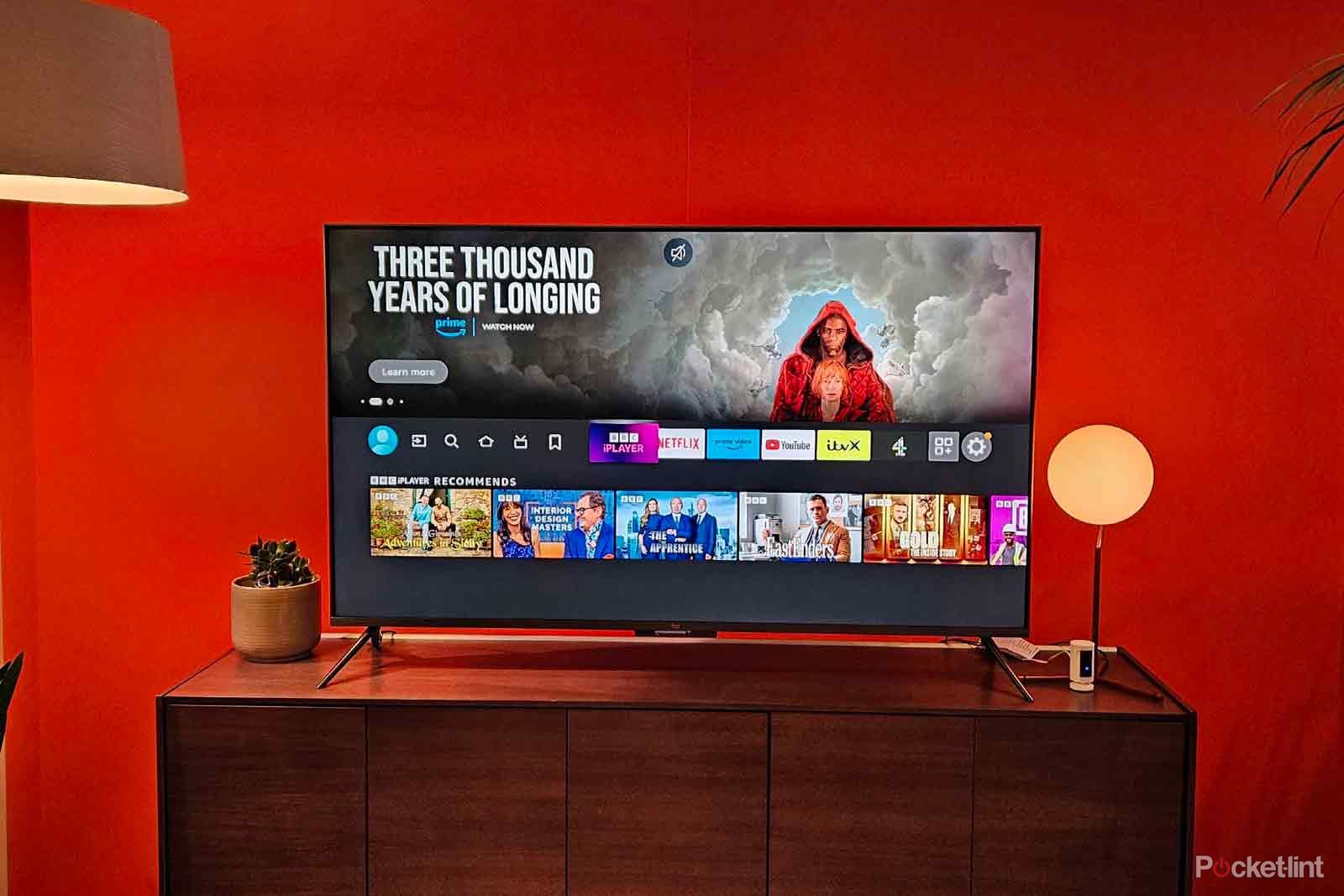
Related
Best 42″ and 43″ TVs: Affordable 4K for any room
Compare the best size TVs from top brands like LG, Samsung, Sony, and more.
FAQ
Q: What is the lifespan of a Mini LED TV?
There’s no exact number of hours that a Mini LED TV will last, as it depends on usage, but on average, a Mini LED TV will last around 50,000 hours, or five years, before issues like screen burn-in become noticeable.
Q: Which is better for gaming: Mini LED or LED LCD?
When it comes to gaming on Mini-LED or LED LCD, there’s little difference, although games that support HDR content often perform better on Mini-LED TVs than standard LED.
Q: What is an LED TV?
Simply put, LED is a type of display, and its acronym stands for “light-emitting diode.” All LED TVs use a liquid crystal display (LCD) panel, also known as a “backlight,” which allows you to control where and how light is distributed on the screen. However, it’s important to note that not all LCDs are LED TVs. It’s a bit confusing, but the simplest way to put it is that LED TVs are a type of LCD TV, but LED TVs have an added layer of diodes, while standard LCD TVs only use fluorescent lighting.
Q: What is a Mini LED TV?
Mini LED is the next generation of LED TVs. Both Mini LED TVs and LED TVs use the same light-emitting diodes to create images on an LCD panel. The main difference between LED TVs and Mini LED TVs is the size and number of LEDs used to create the image on the screen. Mini LED TVs use many more LEDs to create the image on the screen and are much smaller than standard LED TVs.
Mini LED TVs aim to achieve similar contrast levels as those achieved by OLED TVs. Mini LED TVs have more LEDs in their backlighting, so the images they produce are brighter than typical LED screens. Like some LED screens, Mini LED TVs also have local dimming capabilities, which can improve the contrast ratio of the image, but like LED LCDs, it’s not perfect.



